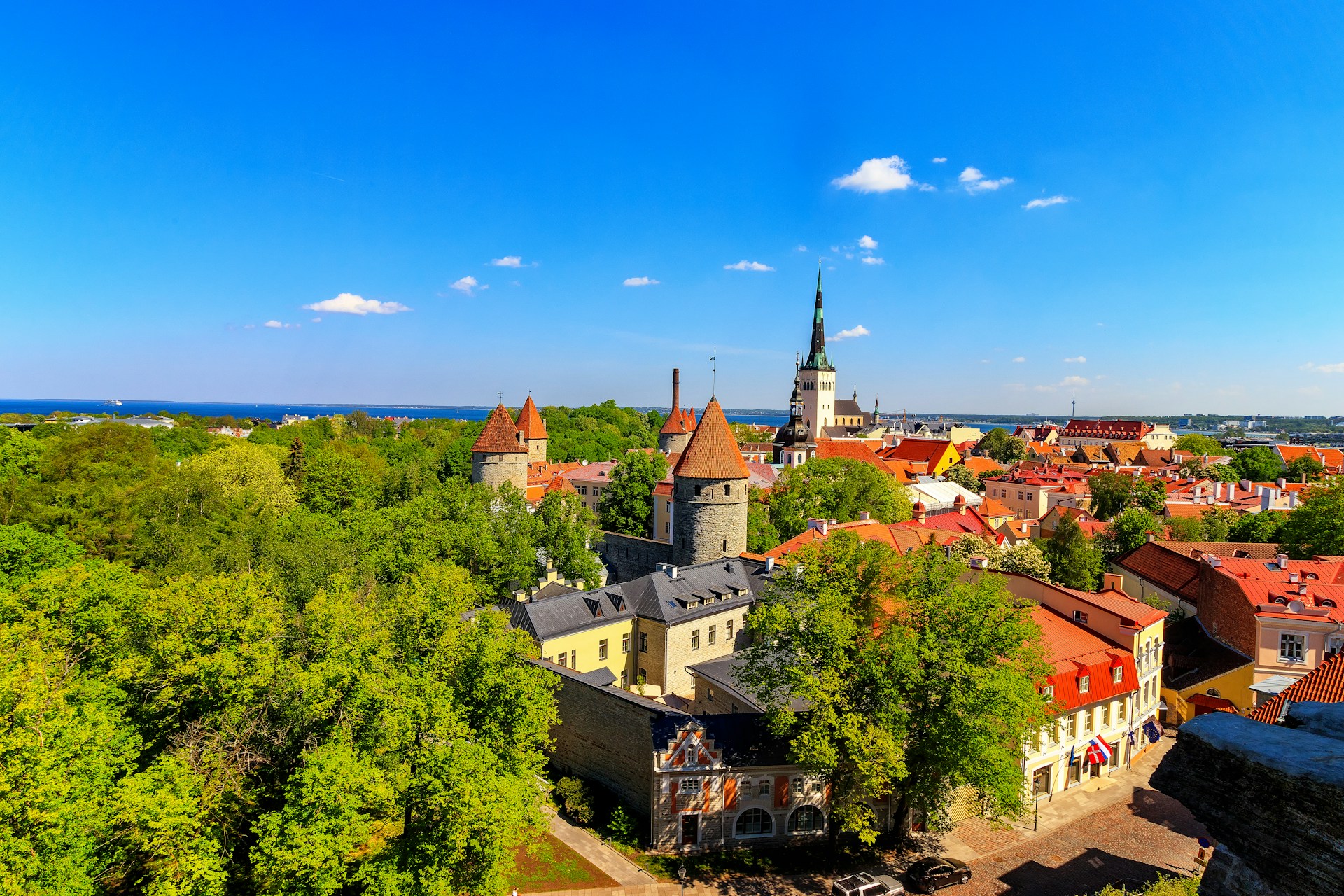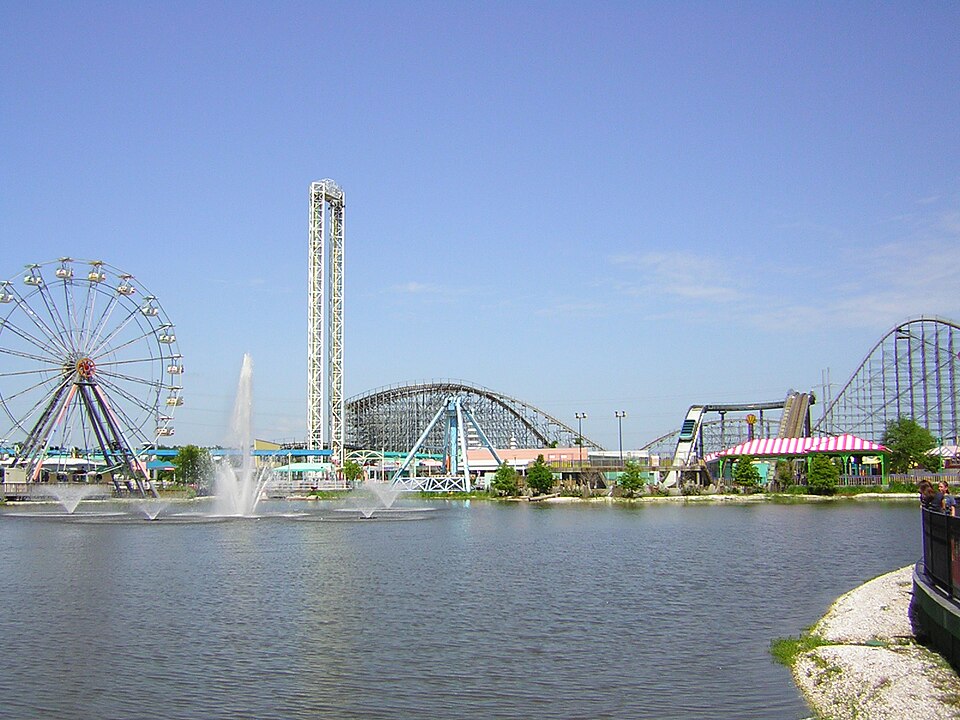Some corners of Europe still wear the Middle Ages like a well-tailored cloak. Streets keep their narrow logic, walls still shoulder the skyline, and bells mark time better than traffic lights. Markets, guildhalls, and cloisters remain visible in the grain of daily life, not trapped in museums. These places did not freeze; they kept living inside their old shapes. Step in, and the present layers neatly over stone, so stories breathe, candles flicker, and a traveler can read centuries at a glance.
Rothenburg ob der Tauber, Germany
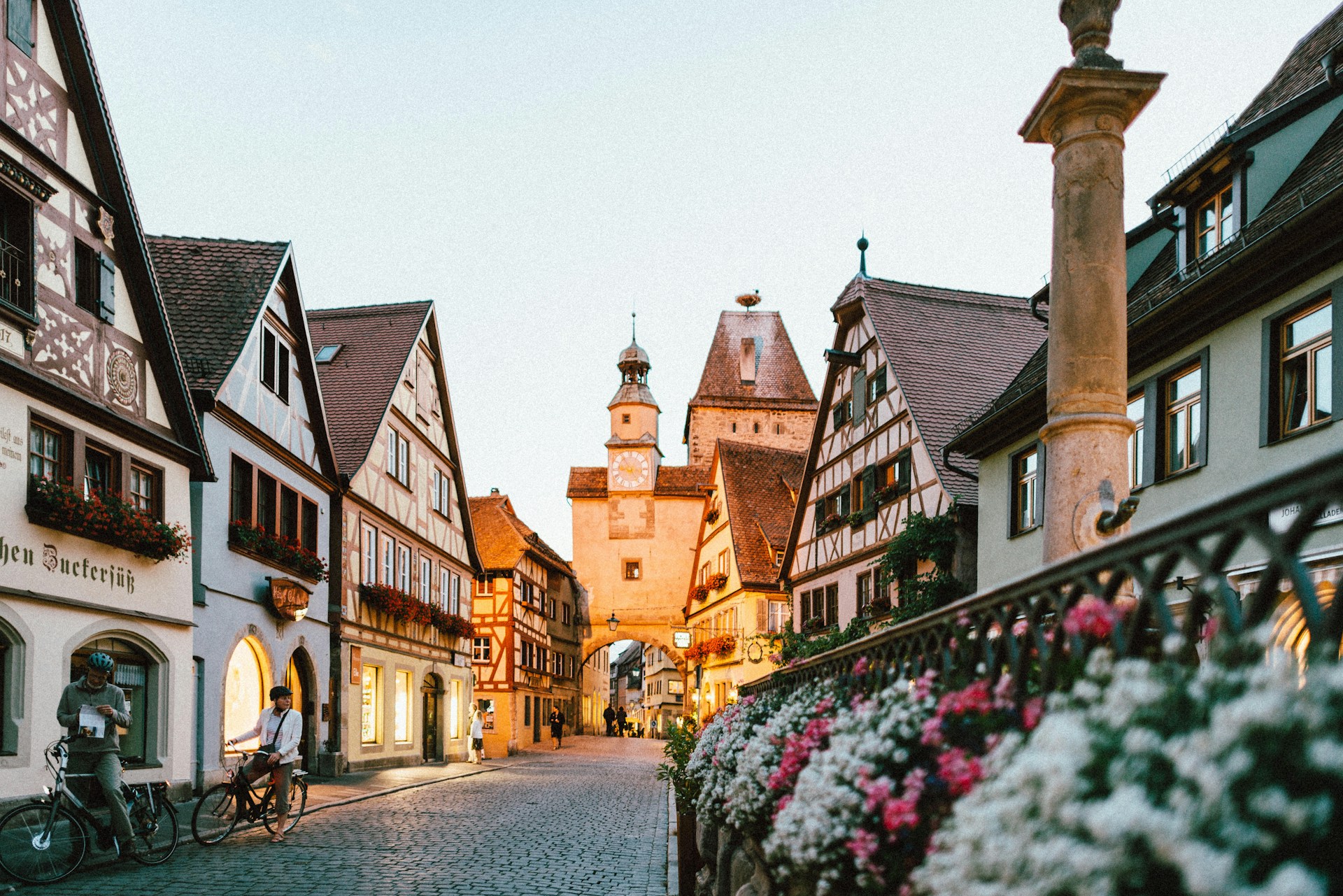
Behind intact walls and timbered gables, Rothenburg keeps the Late Middle Ages in working order. Narrow lanes rise to a market square ruled by a gothic town hall, while night watchmen still make rounds and the wall walk runs above kitchen gardens. The Tauber valley sits unchanged beyond the gates. Craftsmen, stained glass, and tiny courtyards stitch a steady rhythm that makes the town feel like a set left standing after the actors went home, only the actors never left.
Carcassonne, France
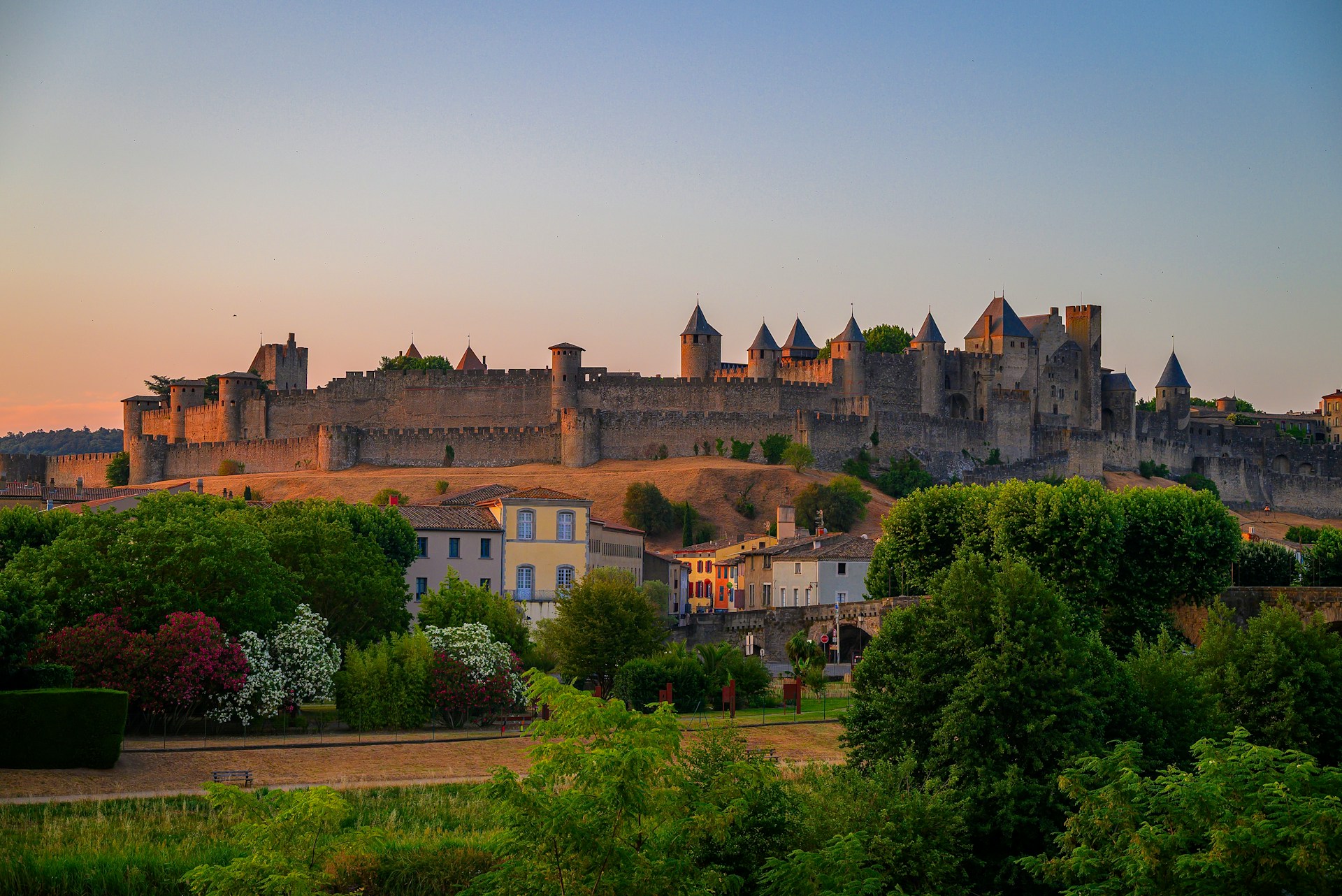
Carcassonne’s double ring of ramparts, barbicans, and arrow slits wraps a living citadel where shop signs hang from stone and evening bells carry across the Aude. Cobblestones lift to a keep that reads as sternly as it did to medieval traders. Even with nineteenth-century restorations, the scale and geometry remain stubbornly old. Torches glow at dusk, battlements catch last light, and the gap between centuries narrows to the width of a gate. Market days feel ancient by design.
Tallinn Old Town, Estonia
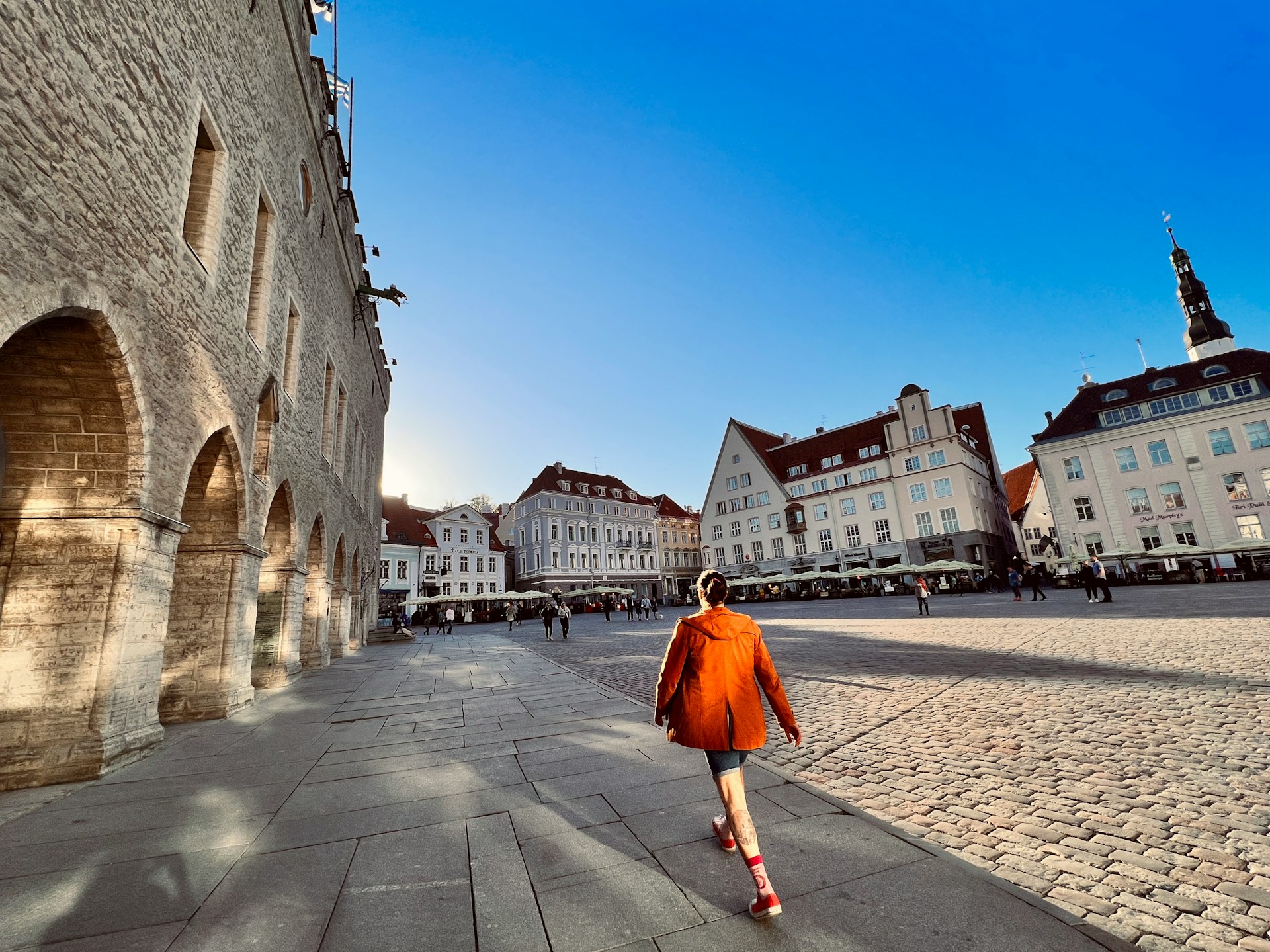
Within thick walls and spiky towers, Tallinn’s Hanseatic heart keeps its ledger tidy. Guildhalls still front cobbles polished by carts, warehouses lean narrow to the sky, and vaulted cellars pour soups and mead like the city never left the ledger age. The town hall square works as a market, a stage, and a clock all at once. Pick any lane, and it climbs to a lookout where red roofs and church spires read like a woodcut. Workshops and courtyards still whisper trade.
Mdina, Malta
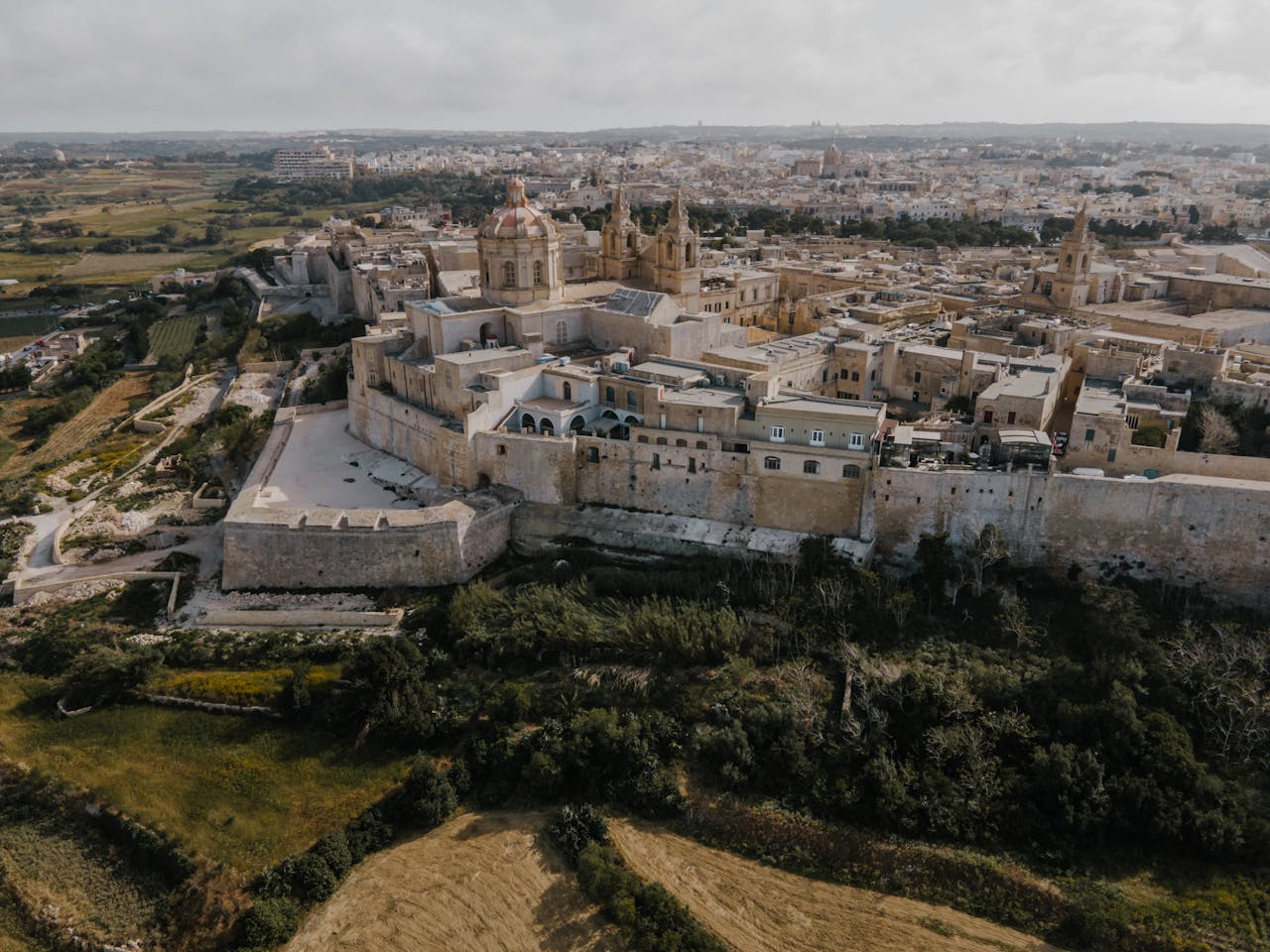
Mdina sits on a Maltese hilltop like a walled lantern, quiet enough to hear footsteps at noon. Narrow alleys curve without hurry toward sunlit squares, limestone glows honey gold, and iron balconies shadow doorways cut to medieval measures. Knights came later, but the street plan holds its earlier bones. After dark the city earns its nickname, the Silent City, as lamps burn low and the surrounding fields vanish into a Mediterranean night. Horse hooves and church bells set a measured beat.
San Gimignano, Italy
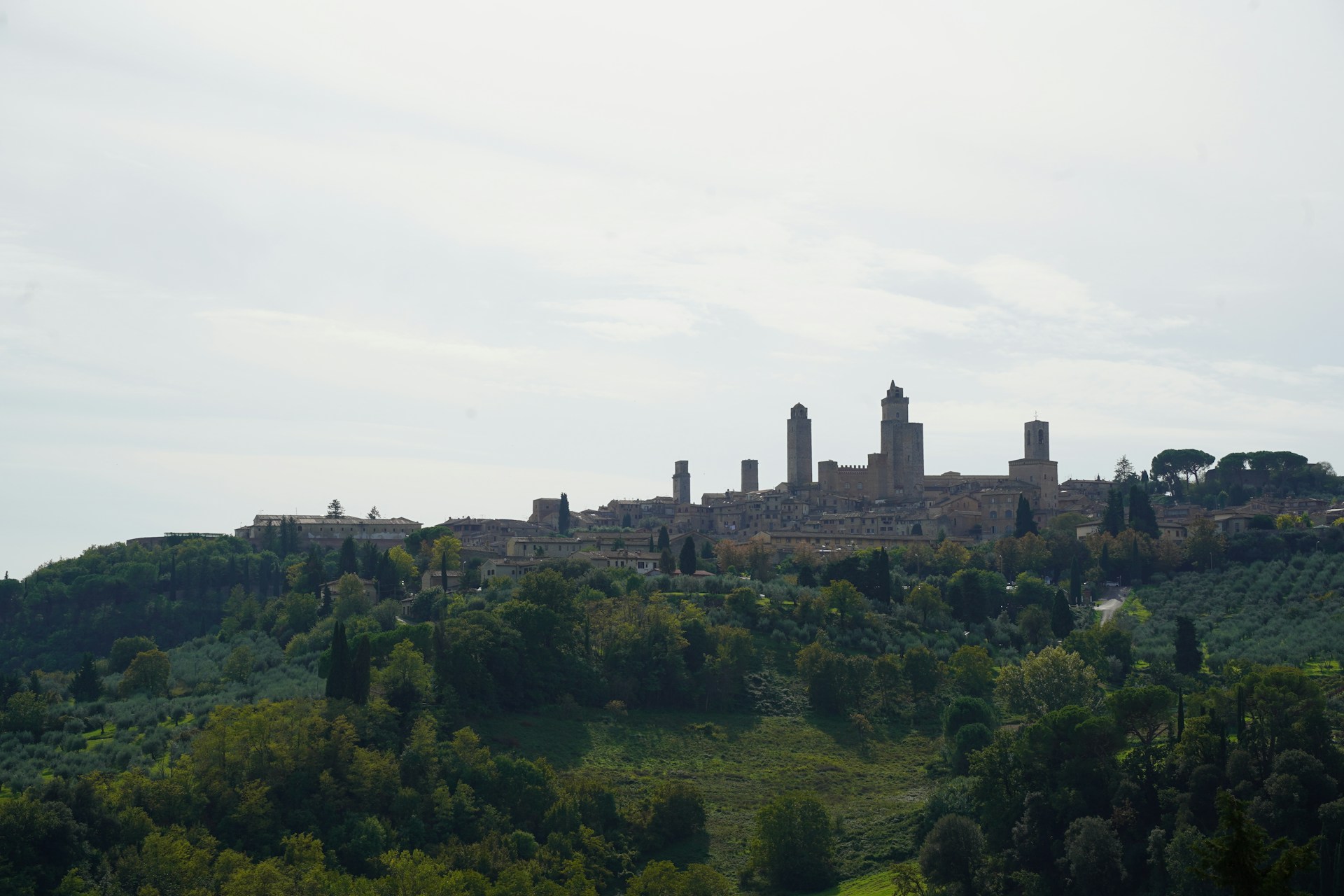
Towers rise like an exclamation of wealth that never needed rewriting. San Gimignano’s skyline remembers a time when families built upward for status and defense, and the lanes below still funnel toward wells and small loggias. Stone houses, frescoed chapels, and herb-scented kitchens keep scale humane. Step from one square to the next and the rhythm barely changes. The town works like a preserved paragraph in Tuscany’s long story, complete with margins and footnotes.
Ávila, Spain
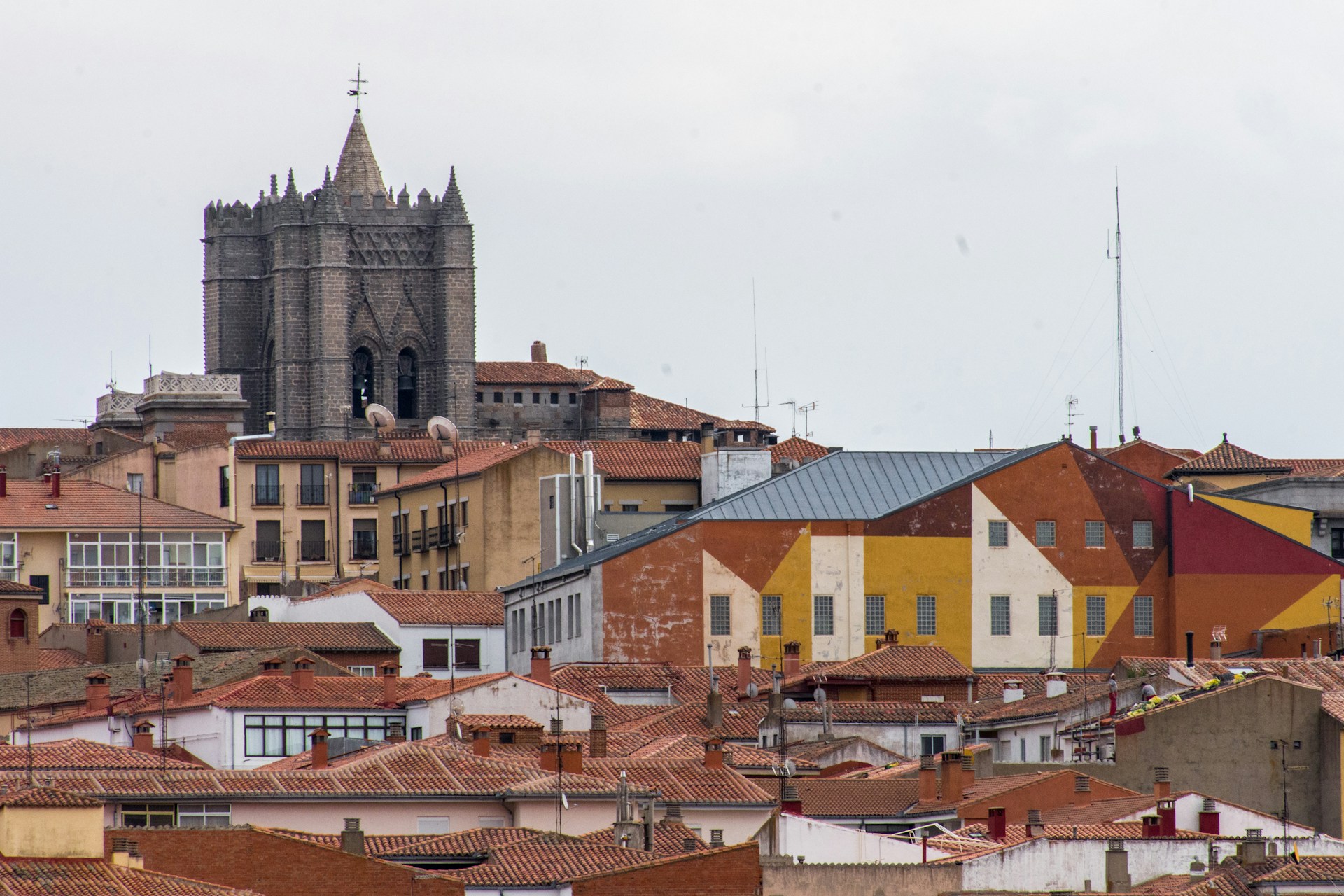
Ávila’s walls remain a lesson in purpose. Pristine battlements run for more than a mile, studded with towers that watch a stony plateau where wind still edits the sound. Inside, Romanesque and gothic churches lean into each other, and streets keep the sober grid of a frontier town. Gates frame views that could belong to a pilgrim in the 13th century. At sunset the ramparts glow, and history feels not reenacted but continuous. By night, the stone reads almost silver in the dry air.
Mont Saint-Michel, France
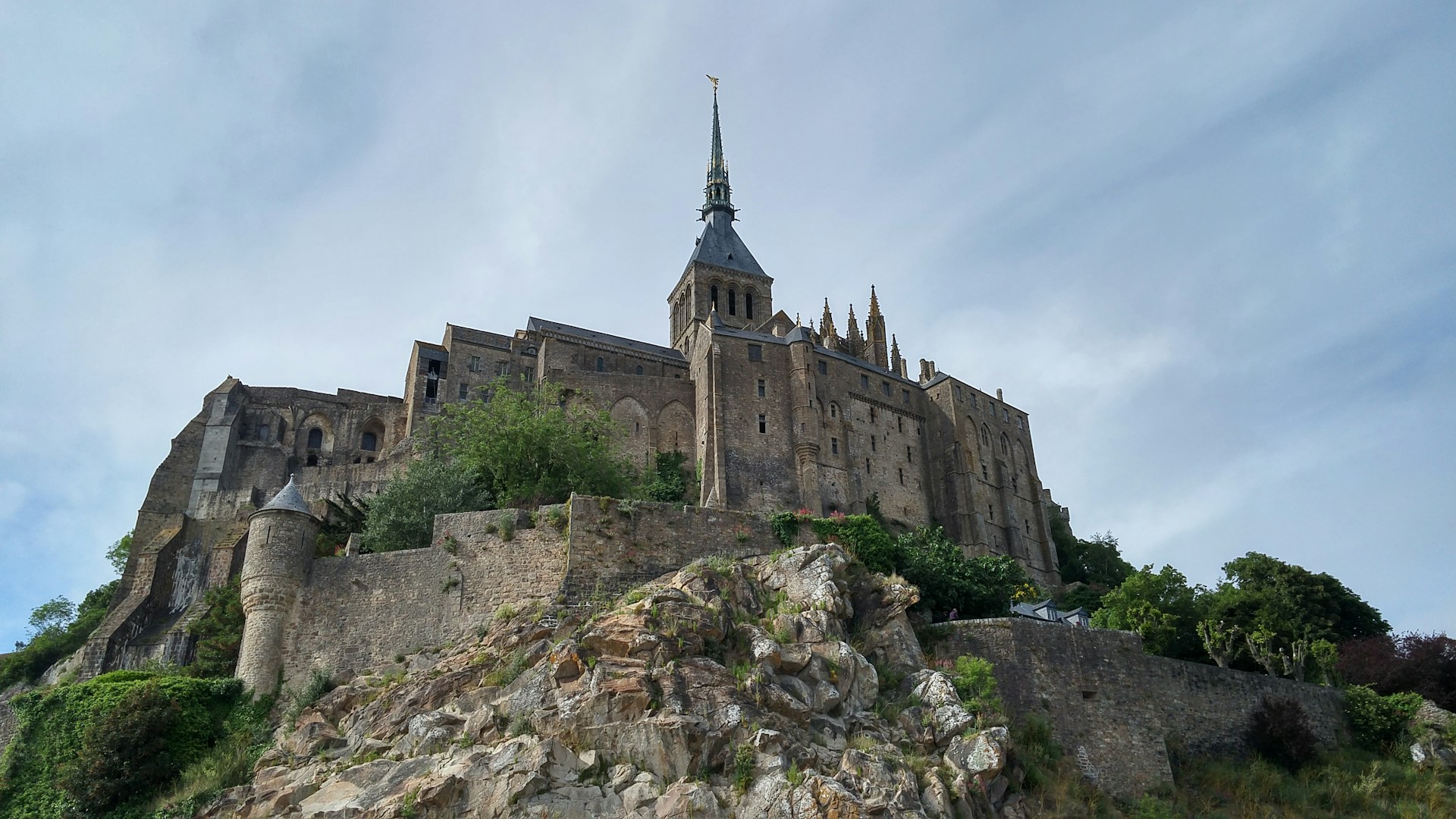
A tidal island that asks respect from tide tables, Mont Saint-Michel stages a daily miracle. The abbey lifts over a spiral of lanes sized for donkeys and monks, with stone steps that decide the route for everyone. Shops tuck under half-timbered fronts, but prayer still sets the tone as the bay empties and returns. The whole rock feels premodern by design, a compact world built to face wind, water, and the long walk. Pilgrims and photographers share the same ascent.
Český Krumlov, Czechia
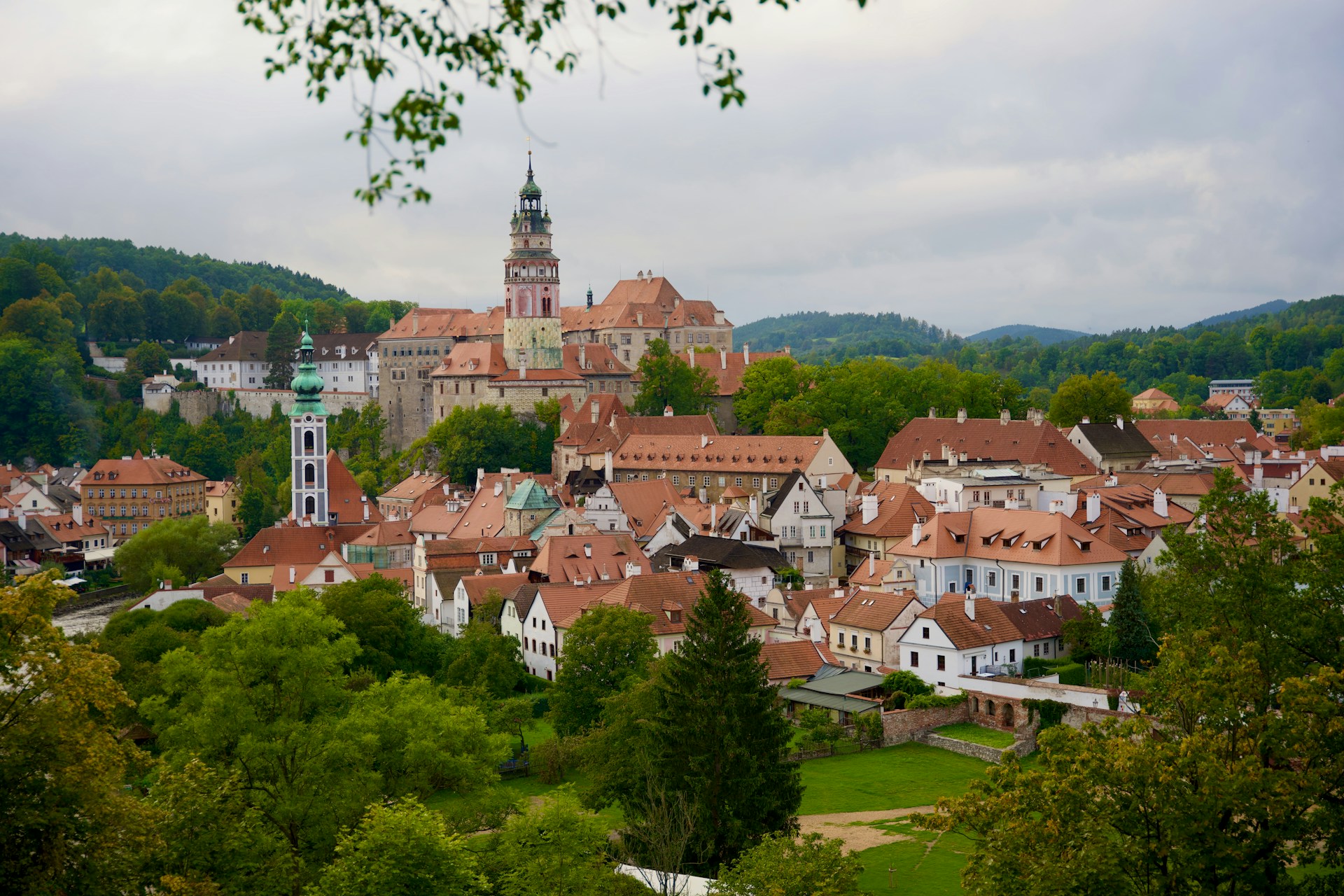
A bend in the Vltava frames a town that seems to have slipped a century count. The castle towers over painted facades and bridges trimmed to foot traffic, while courtyards carry the clink of mugs and lutes when festivals return. Rooflines keep their medieval pitch and alleys kink just enough to slow a day. Waterwheels turn, lanterns pick out plaster at night, and the old plan still moves people like a practiced dance. It rewards anyone willing to wander in small circles.
York, England
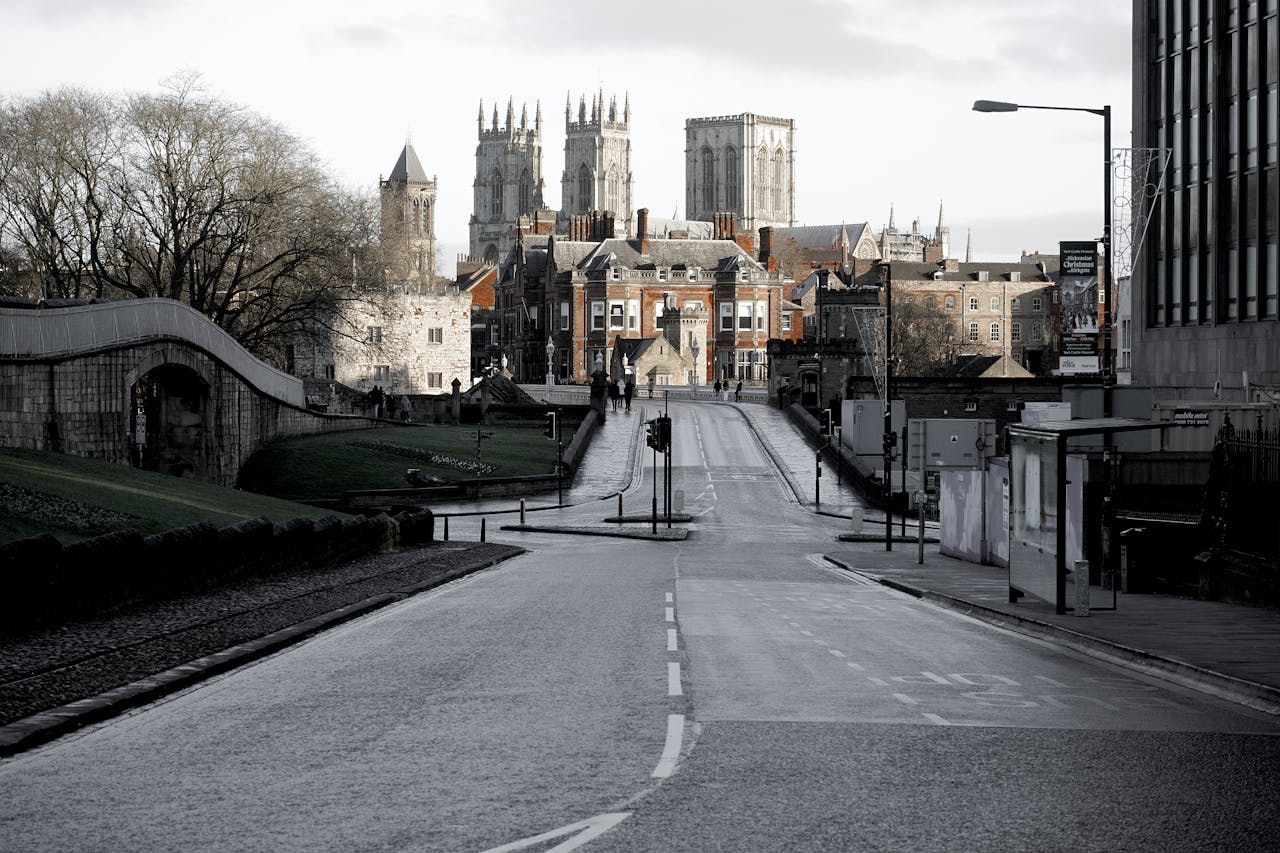
York’s city walls still shoulder most of the circuit, and the Shambles shows timber fronts so close an arm could touch both sides. The Minster lifts the horizon exactly as intended, drawing lanes like spokes to its doors. Markets ring with bakers and butchers, while pubs keep snug rooms that feel older than their signs. Ghost walks and guild processions echo older patterns. The base map has barely budged since long before printing presses. Even the river paths respect the old intent of defense.
Kotor, Montenegro
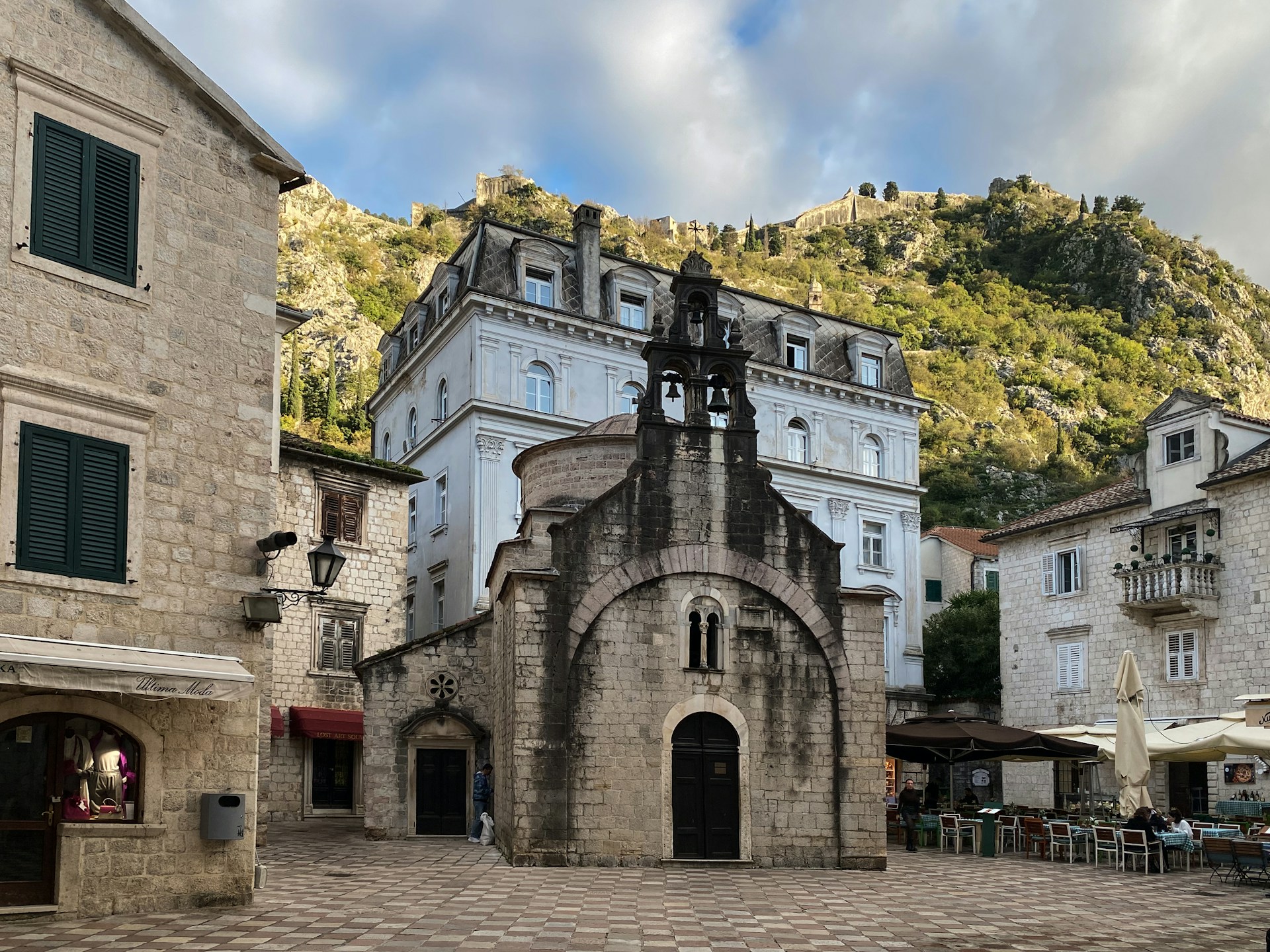
Backed by mountains and sealed by sea, Kotor hides a Venetian-gothic maze behind superb walls that climb the heights like a spine. Stone palazzi lean into shady squares, cats share steps with sailors, and bells count time slowly from the cathedral. Lanes knit and reappear with the logic of a fortress city built for sieges and feasts in equal measure. Stand at the gate at evening and the bay mirrors a fortified sky. Torchlight and sea breeze finish the illusion.
